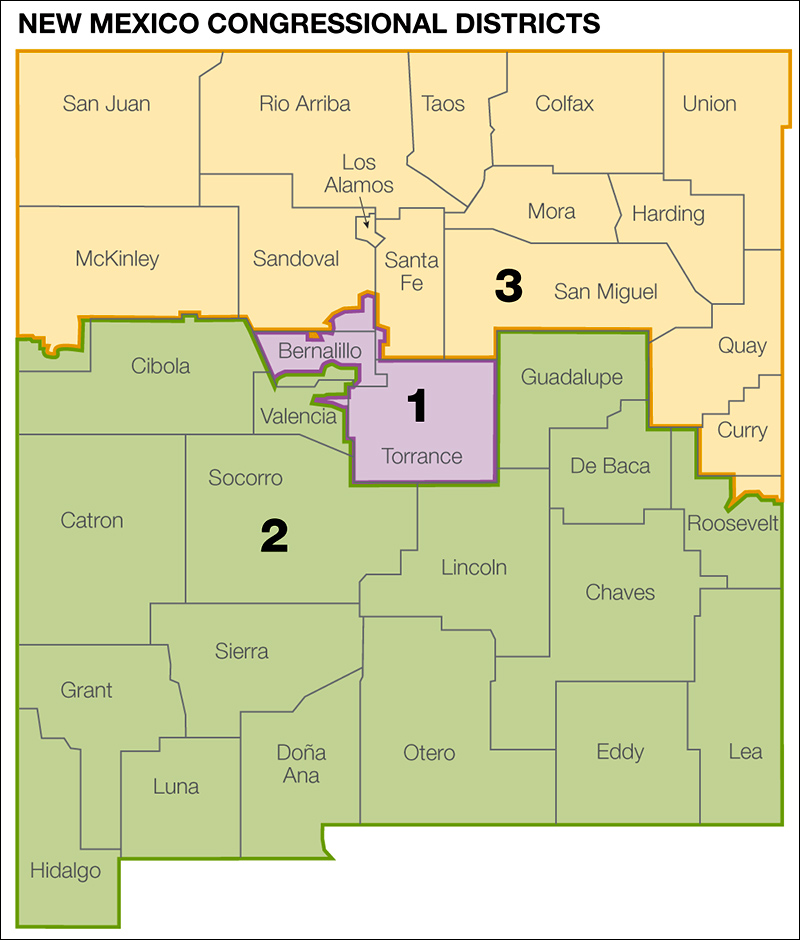By Jim Ellis
Sept. 22, 2021 — The Silver State of Nevada has been home to some of the nation’s closest statewide elections during the past decade. In almost half of all Nevada statewide political contests since 2012, both party’s nominees have won their elections with only plurality support.With that backdrop, ex-US Sen. Dean Heller (R), who lost his seat to current incumbent Jacky Rosen (D) in 2018, is making a political comeback attempt in next year’s governor’s race. Heller officially announced his plans Monday after the story broke last week that he would become a candidate.
Part of the announcement came as a surprise, and has more to do with winning the Republican primary than for what he hopes will be a challenge to incumbent Gov. Steve Sisolak (D). Heller, who throughout his career had aligned himself with the pro-choice caucus, pointedly spoke approvingly of the new Texas law governing abortion practices.
In the Republican primary, Heller faces Clark County Sheriff Joe Lombardo and North Las Vegas Mayor John Lee among others. At this point, Gov. Sisolak has no announced Democratic opposition.
According to a July OH Predictive Insights poll (July 6-11; 783 registered Nevada voters), which is the latest Nevada gubernatorial survey available, Gov. Sisolak recorded a 52:39 percent job approval ratio. As with most polls in today’s politics, the bulk of support comes from members of one’s own party, but in this case, 30 percent of the sampled Republicans also gave the governor a positive review.
Gov. Sisolak, a former Clark County Commissioner who previously served as a member of the Nevada Board of Regents, was elected the state’s chief executive three years ago with a 49-45 percent win over then-Attorney General Adam Laxalt (R), grandson of former US senator and Nevada governor, Paul Laxalt (R). Laxalt is also making a political comeback in 2022, running against incumbent Catherine Cortez Masto (D) for the US Senate.
Both the ’22 Nevada governor and US Senate have the potential of ending in close fashion. Since 2012, inclusive, 18 statewide races have been conducted. Democrats won 10 and Republicans’ eight, but six of the GOP victories came in the Republican wave year of 2014 when the Nevada Democratic turnout proved particularly low.






